Water is not just a substance—it is a system. It flows, pools, evaporates, and returns, shaping the planet in ways both subtle and dramatic. From the smallest rivulet to the vastness of the ocean, each water body has a distinct identity rooted in geology, hydrology, and ecology. This article offers a comprehensive breakdown of Earth’s water bodies, expanding beyond the basics to include lesser-known forms and their roles in environmental systems and waterways.
Lakes – Inland Basins of Stillness
Lakes are inland bodies of standing water, typically larger and deeper than ponds. They may be freshwater or saline, and their formation is tied to tectonic activity, glacial retreat, volcanic craters, or human engineering.
Key Features
- Thermal Stratification – Lakes often develop distinct temperature layers, affecting oxygen distribution and aquatic life.
- Residence Time – Water in lakes may remain for years or decades, influencing nutrient accumulation and pollution sensitivity.
- Endorheic Lakes – Some lakes, like the Caspian Sea, have no outflow and are highly saline.
Ecological Role
- Lakes support fish, birds, amphibians, and aquatic plants.
- They act as climate buffers and carbon sinks.
- Human use includes drinking water, recreation, and irrigation.

Ponds – Small but Vital Ecosystems
Ponds are smaller, shallower bodies of standing water, often formed by rainfall, groundwater seepage, or human activity.
Characteristics
- Light Penetration – Because they’re shallow, sunlight reaches the bottom, promoting plant growth.
- Rapid Change – Ponds are more susceptible to temperature and chemical fluctuations.
- Biodiversity – They support frogs, insects, algae, and migratory birds.
Ponds are ecological microcosms—small in size but rich in life.
Rivers – Dynamic Arteries of the Land
Rivers are flowing watercourses that move from a source to a mouth, shaping landscapes and ecosystems along the way.
Hydrological Dynamics
- Discharge – Volume of water transported per unit time.
- Sediment Load – Rivers carry eroded material, building deltas and reshaping terrain.
- Flood Regimes – Seasonal floods replenish nutrients and maintain wetland health.
Cultural and Economic Importance
- Rivers have been cradles of civilization—Nile, Indus, Yangtze.
- They provide water, transport, energy, and spiritual meaning.
Rivers are not just pathways—they are processes.

Reservoirs – Engineered Lakes for Human Needs
A reservoir is an artificial lake created by damming rivers to store water for human use.
Functions
- Water supply, hydroelectric power, flood control, and recreation.
- Can alter river flow, sediment transport, and aquatic habitats.
Environmental Considerations
- Displace communities and ecosystems.
- Risk of eutrophication and invasive species.
Major Australian reservoirs include Lake Eildon, Warragamba Dam, and Lake Argyle—each a nexus of utility and ecological tension.
Salt Pans / Sabkhas – Evaporative Flats of Arid Zones
Salt pans (or sabkhas) are flat expanses where saline water evaporates, leaving behind salt crusts.
Formation and Features
- Found in deserts and coastal arid regions.
- May be seasonal or permanent.
Ecological and Cultural Role
- Support halophytic (salt-tolerant) vegetation and microbial mats.
- Used for salt harvesting and mineral extraction.
Lake Eyre and the Nullarbor sabkhas are iconic Australian examples—extreme yet ecologically intriguing.

Oceans – Earth’s Saline Reservoirs
Oceans are vast bodies of saltwater that regulate climate, host biodiversity, and connect continents.
Physical Structure
- Zones – Epipelagic (surface), mesopelagic (twilight), bathypelagic (dark), abyssal, and hadal.
- Currents – Surface and deep currents drive global heat and nutrient distribution.
- Tides – Caused by lunar gravity, affecting coastal ecosystems.
Ecological Significance
- Coral reefs, phytoplankton blooms, and deep-sea vents support life.
- Oceans absorb CO₂ and buffer climate change.
- Overfishing and acidification threaten marine stability.
Oceans are planetary regulators—immense, intricate, and indispensable.
Seas – Marginal Extensions of Oceans
Seas may look similar to oceans, but they are different due to being smaller saltwater bodies partially enclosed by land. They are more influenced by terrestrial runoff and human activity.
Types of Seas
- Open Seas – Connected freely to oceans (e.g., Arabian Sea).
- Enclosed Seas – Limited exchange with oceans (e.g., Baltic Sea).
- Marginal Seas – Border continental shelves (e.g., Bering Sea).
Ecological Zones
- Estuaries, mangroves, and seagrass beds flourish in seas.
- High productivity due to nutrient inflow and sunlight.
Seas are ecological crossroads—where land and ocean meet.
Streams – The Capillaries of Watersheds
Streams are small, narrow watercourses that feed into rivers. They are vital for nutrient cycling and habitat connectivity.
Hydrological Role
- Baseflow – Maintained by groundwater.
- Flashiness – Rapid response to rainfall.
- Connectivity – Link upland and lowland ecosystems.
Ecological Importance
- Support spawning grounds and riparian zones.
- Sensitive to pollution and land use changes.
Streams are subtle but essential—quiet lifelines of the landscape.

Rivulets – Fleeting Threads of Flow
Rivulets are tiny, often ephemeral channels formed by rainfall or snowmelt.
Function
- Initiate surface runoff.
- Prevent erosion by dispersing flow.
- Feed into larger streams.
Though transient, rivulets are the first whispers of hydrological movement.
Deltas – Sediment’s Final Resting Place
Deltas form where rivers deposit sediment into slower-moving bodies of water.
Formation and Morphology
- Influenced by river discharge, sediment load, and wave action.
- Types include arcuate, bird’s foot, and cuspate.
Ecological and Human Value
- Fertile soils support agriculture.
- Rich biodiversity in wetlands and estuaries.
- Vulnerable to sea-level rise and subsidence.
Deltas are dynamic landscapes—shaped by deposition and time.
Estuaries – Mixing Zones of Life
Estuaries are where freshwater from rivers meets saltwater from seas, creating brackish environments.
Features
- Salinity gradients and tidal influence.
- High productivity due to nutrient mixing.
- Nurseries for fish and shellfish.
Estuaries are transition zones—biologically rich and ecologically vital.

Fjords – Glacially Carved Inlets
Fjords are deep, narrow inlets formed by glacial erosion and flooded by the sea.
Characteristics
- Steep cliffs and deep basins.
- Cold, nutrient-rich waters.
- Found in Norway, New Zealand, Chile.
Fjords are dramatic remnants of ice age sculpting.
Lagoons – Shallow Coastal Pools
Lagoons are shallow bodies of water separated from larger seas by barrier islands or reefs.
Types
- Coastal Lagoons – Behind sandbars or spits.
- Atoll Lagoons – Inside coral reef rings.
Ecological Role
- Support seagrass, fish, and birds.
- Sensitive to storms and sea-level rise.
Lagoons are fragile sanctuaries—protected yet exposed.
Wetlands – The Lungs of the Landscape
Wetlands are areas where water saturates the soil, creating unique ecosystems.
Types
- Marshes (herbaceous), swamps (woody), bogs (acidic), fens (alkaline).
- Found in floodplains, coasts, and tundra.
Functions
- Filter pollutants and store carbon.
- Buffer floods and recharge aquifers.
- Support amphibians, birds, and plants.
Wetlands are multifunctional ecosystems—resilient and irreplaceable.

Bays, Gulfs, and Bayous – Coastal Complexity
Bays – Coastal Embraces of the Sea
A bay is a broad coastal inlet where the land curves inward, creating a partially enclosed body of water. Bays are typically larger than coves but smaller than gulfs.
Geological Formation
- Formed by erosion, tectonic activity, or glacial retreat.
- Often located at river mouths or along fault lines.
Hydrological Features
- Protected from strong ocean currents and waves.
- Serve as mixing zones for freshwater and saltwater.
Ecological and Human Importance
- Bays support estuarine ecosystems, including mangroves and salt marshes.
- They are ideal for ports, fisheries, and recreation due to calm waters.
Examples include San Francisco Bay, Moreton Bay, and Hudson Bay—each a hub of ecological and economic activity.
Gulfs – Deep Coastal Indentations
A gulf is a large, deep inlet from the ocean into the landmass, often more enclosed than a bay.
Characteristics
- Larger and deeper than bays.
- May be bordered by multiple countries or regions.
Ecological Dynamics
- Support coral reefs, seagrass beds, and pelagic fish populations.
- Vulnerable to oil spills, overfishing, and industrial runoff.
The Gulf of Mexico and the Persian Gulf are prime examples—strategically and ecologically significant.
Bayous – Marshy Waterways of the Lowlands
A bayou is a slow-moving or stagnant waterway, typically found in flat, low-lying regions such as the Mississippi Delta.
Hydrological Traits
- Often fed by rivers or tidal inflow.
- Can be freshwater, brackish, or saline.
Ecological Richness
- Home to cypress swamps, alligators, amphibians, and wading birds.
- Support unique wetland flora adapted to saturated soils.
Bayous are cultural icons in the southern United States, blending ecological complexity with historical significance.
Oxbow Lakes – Meanders Left Behind
An oxbow lake is something you may have never heard off or heard of it but wondered what is this? An oxbow lake is a is all about the shape – The U-shaped body of water is formed when a river meander is stopped or cut off from the main channel.
Formation Process
- Occurs through erosion and deposition during flood events.
- The abandoned meander fills with water and becomes a standalone lake.
Ecological Role
- Serve as quiet refuges for fish, amphibians, and birds.
- Important for nutrient retention and flood mitigation.
Oxbow lakes are dynamic remnants of river evolution—evidence of water’s ability to reshape land.

Tarns – Alpine Jewels of Glacial Origin
A tarn is a small mountain lake formed in a glacial cirque—a bowl-shaped depression carved by ice.
Physical Features
- Typically cold, clear, and nutrient-poor.
- Surrounded by steep rock walls and alpine vegetation.
Ecological Significance
- Support specialized cold-water species.
- Sensitive to climate change and acid rain.
Tarns are pristine and isolated—natural laboratories for studying glacial and alpine ecology.
Playa Lakes – Ephemeral Mirrors of the Desert
A playa lake is a shallow, temporary lake found in arid or semi-arid regions, forming after heavy rainfall.
Hydrological Traits
- High evaporation rates lead to rapid drying.
- Often saline due to mineral accumulation.
Ecological Role
- Provide seasonal habitat for migratory birds and amphibians.
- Support salt-tolerant plants and microbial communities.
Playas are transient yet vital—brief bursts of life in desert landscapes.
Arroyos and Wadis – Dry Channels of Flash Floods
An arroyo (U.S.) or wadi (Middle East/North Africa) is a dry creek or stream bed that temporarily fills during rainstorms.
Hydrological Behavior
- Typically dry for most of the year.
- Can experience sudden, powerful flash floods.
Geological and Ecological Impact
- Shape desert terrain through erosion.
- Support drought-adapted vegetation and wildlife.
These channels are unpredictable and powerful—reminders of water’s force in arid environments.
Creeks – Small Arteries of the Landscape
A creek is a small stream or minor tributary, often seasonal and variable in flow.
Hydrological Traits
- Typically narrower and shallower than rivers.
- May dry out during drought or swell during heavy rain.
Ecological Role
- Provide habitat for frogs, insects, and riparian vegetation.
- Serve as corridors for wildlife movement and nutrient flow.
In Australia, the term “creek” is used broadly—from ephemeral desert trickles to substantial watercourses like Cooper Creek.
Billabongs – Australia’s Quiet Water Sanctuaries
A billabong is a stagnant pool formed when a river changes course, leaving behind an isolated oxbow.
Cultural and Ecological Significance
- Deeply embedded in Aboriginal Dreaming stories and colonial folklore.
- Support waterbirds, fish, and aquatic plants during dry seasons.
- Serve as refuges in arid landscapes.
Billabongs are iconic features of Australia’s inland rivers—symbols of resilience and ecological memory.
Rills – The First Threads of Watershed Formation
A rill is a tiny channel carved by surface runoff, often ephemeral and shallow.
Hydrological Function
- Form during rainstorms on bare soil or slopes.
- Can evolve into larger gullies if unchecked.
Scientific Relevance
- Important in erosion studies and landform development.
- Indicators of soil vulnerability and hydrological response.
Though small, rills are foundational to understanding how landscapes begin to shape water flow.

Tide Pools – Microcosms of Coastal Life
Tide pools are small pockets of seawater left behind in rocky shorelines during low tide.
Ecological Features
- Host hardy intertidal species like sea stars, limpets, and anemones.
- Experience extreme fluctuations in temperature, salinity, and oxygen.
Educational and Cultural Value
- Serve as natural classrooms for marine biology.
- Inspire art, folklore, and conservation efforts.
Tide pools are windows into the resilience and adaptability of marine life—miniature ecosystems with outsized importance.
Riparian Zones – The Green Margins of Waterways
A riparian zone is the vegetated area adjacent to rivers, creeks, and lakes.
Ecological Services
- Stabilize banks and reduce erosion.
- Filter runoff and improve water quality.
- Provide shade, habitat, and connectivity for wildlife.
Cultural and Policy Relevance
- Central to Indigenous land management and ecological restoration.
- Often targeted in riparian buffer programs and catchment planning.
Riparian zones are not water bodies themselves, but they are vital interfaces between land and water—living boundaries that sustain aquatic health.
Aquifers – Hidden Reservoirs Beneath Our Feet
An aquifer is a subterranean layer of permeable rock or sediment that stores and transmits groundwater.
Hydrological Role
- Source of springs, wells, and boreholes.
- Recharge through rainfall and surface infiltration.
Environmental Concerns
- Vulnerable to over-extraction and contamination.
- Linked to land subsidence and salinization when mismanaged.
Australia’s Great Artesian Basin is one of the world’s largest aquifers—an ancient and essential water source for inland communities.

Springs – Natural Emergence of Groundwater
A spring occurs where groundwater naturally flows to the surface, forming pools or streams.
Types and Traits
- Can be cold, warm, or thermal depending on geology.
- Often found at fault lines or aquifer outcrops.
Ecological and Cultural Importance
- Support unique flora and fauna.
- Sacred in many Indigenous cultures and valued for healing properties.
Springs like Dalhousie in South Australia are ecological oases and cultural landmarks.
Seeps – Subtle Discharges of Groundwater
A seep is a slow, diffuse emergence of groundwater at the surface, often forming wet patches or bogs.
Hydrological Characteristics
- Low flow rates, often unnoticed without close observation.
- Can persist year-round or fluctuate seasonally.
Ecological Role
- Support mosses, sedges, and microfauna.
- Important for maintaining soil moisture and microhabitats.
Seeps are quiet contributors to landscape hydration—small but ecologically significant.
Thermal Springs – Geothermal Windows into Earth’s Interior
Thermal springs are natural outlets of geothermally heated groundwater, often rich in minerals.
Geological Origins
- Occur in volcanic or tectonically active regions.
- Temperatures can range from warm to boiling.
Ecological and Human Use
- Support extremophile organisms and unique microbial mats.
- Used for bathing, tourism, and therapeutic purposes.
Dalhousie Springs and New Zealand’s Rotorua are prime examples—where geology meets biology and culture.
Karst Lakes – Water Bodies in Limestone Terrain
A karst lake forms in regions of soluble rock (usually limestone), where underground drainage creates sinkholes or depressions that fill with water.
Hydrological Features
- Often intermittent, draining through subterranean channels.
- Can appear and disappear seasonally.
Ecological and Geological Significance
- Support specialized aquatic life and cave systems.
- Indicators of groundwater dynamics and geological activity.
The Nullarbor Plain hosts karst features that challenge conventional hydrology—hidden lakes in a porous world.

Canals – Engineered Pathways of Water
A canal is a item of water that is often talked about in the shipping industry. These are man-made waterways that are constructed for easy connections from one section of water to another, navigation, irrigation, or drainage.
Types and Functions
- Navigation canals – Connect rivers, lakes, or seas (e.g., Panama Canal).
- Irrigation canals – Deliver water to agricultural fields.
- Drainage canals – Remove excess water from urban or agricultural areas.
Environmental Considerations
- Alter natural flow regimes and sediment transport.
- Can introduce invasive species and disrupt ecosystems.
Canals are feats of engineering—functional but ecologically disruptive if poorly managed.
Conclusion – The Vocabulary of Water Is the Vocabulary of Earth
From the ephemeral rivulet to the boundless ocean, each water body tells a story of movement, containment, and transformation. These terms are not mere labels—they are reflections of geological history, ecological function, and human interaction. Understanding the distinctions between lakes, rivers, oceans, and their lesser-known counterparts is essential for environmental literacy, resource management, and cultural awareness.
Water is not static. It flows, pools, evaporates, and returns. In naming its forms, we begin to understand its rhythms—and our responsibility to protect them.
Join the Discussion
Which of these water bodies do you encounter most often in your region? Are there local names or cultural interpretations that differ from scientific classifications? What waterways have we missed?
#WaterBodies #HydrologyExplained #EnvironmentalLiteracy #LakesRiversOceans #EcologicalSystems #NatureUnpacked #EarthScience #WatershedWisdom #ClimateAndWater #GeographyMatters #AquaticEcology #EnvironmentalStewardship #WaterTerminology #PlanetaryHydrology

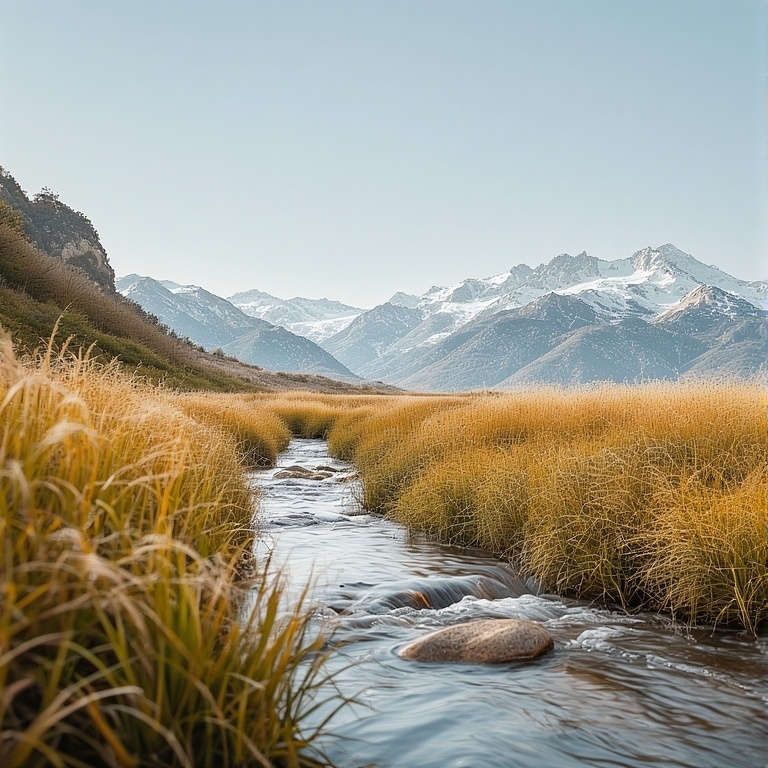

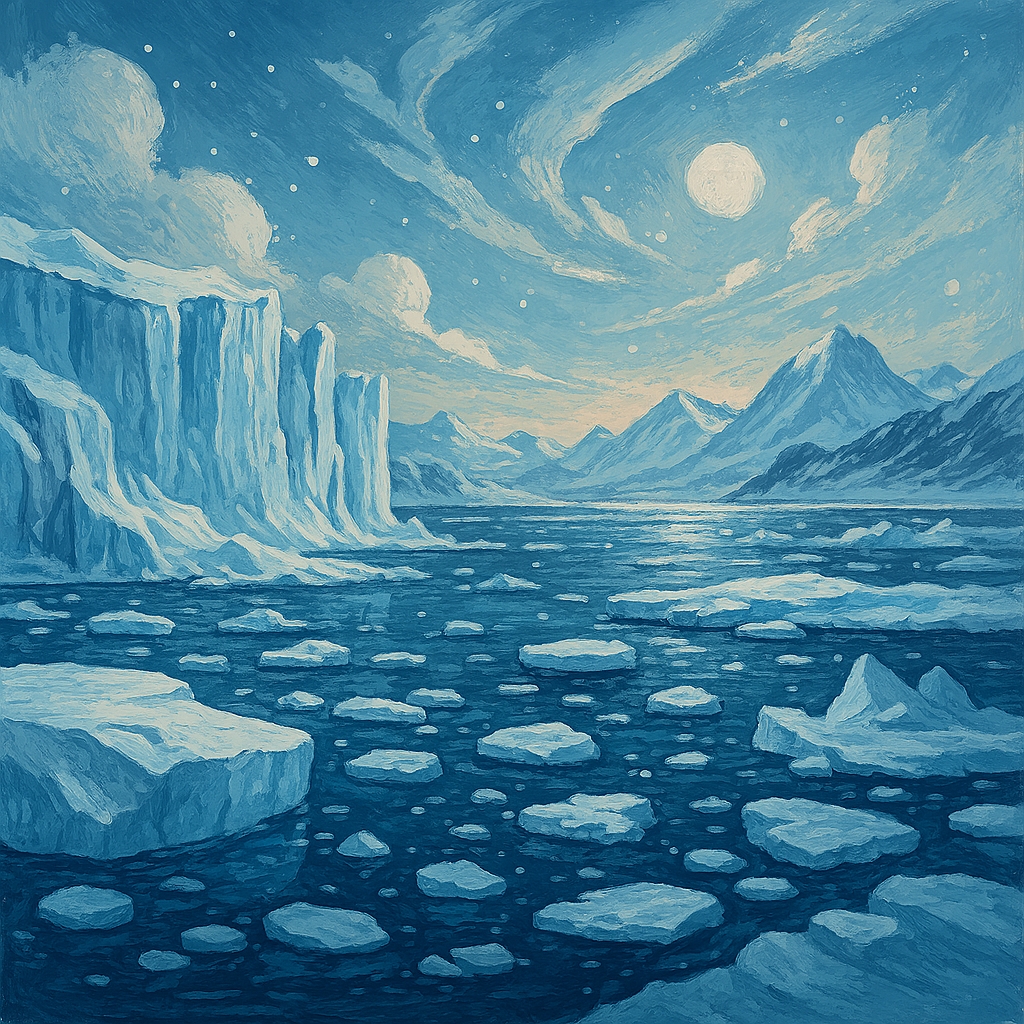






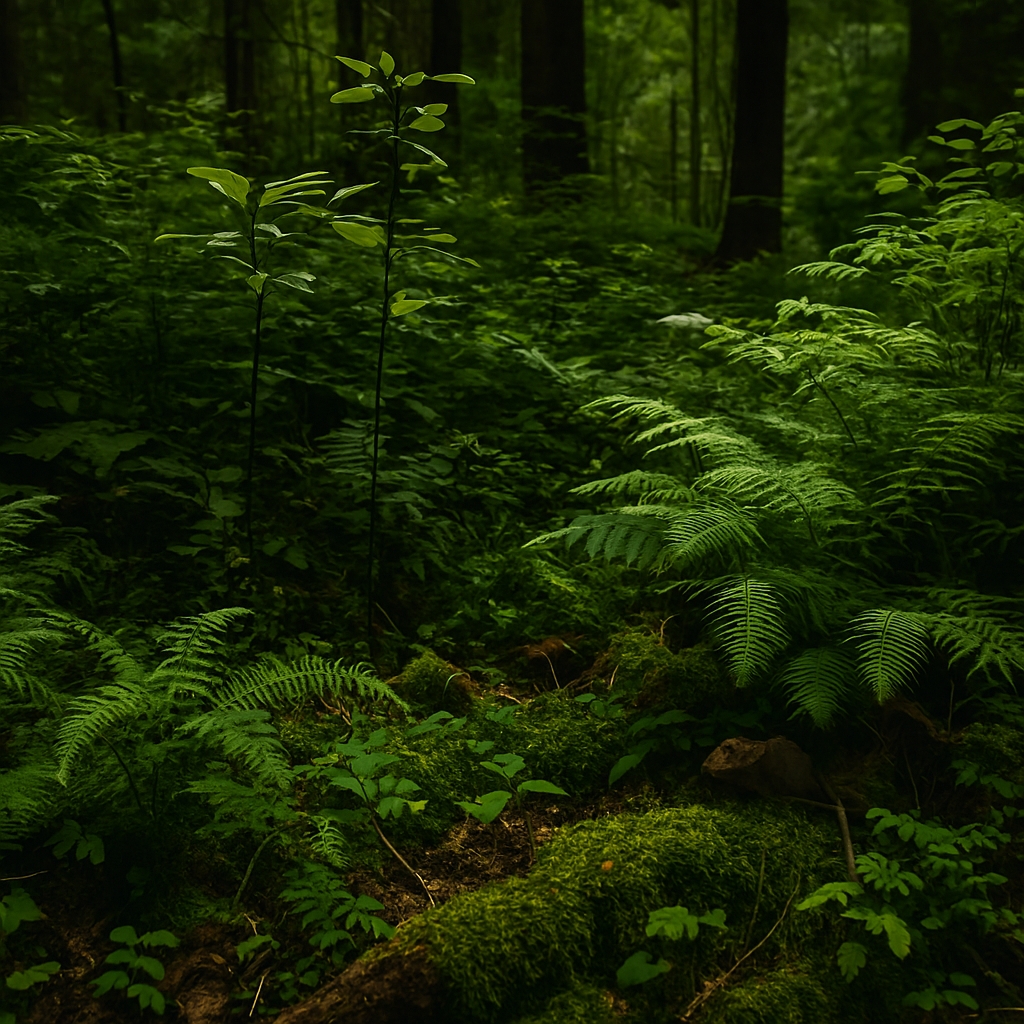


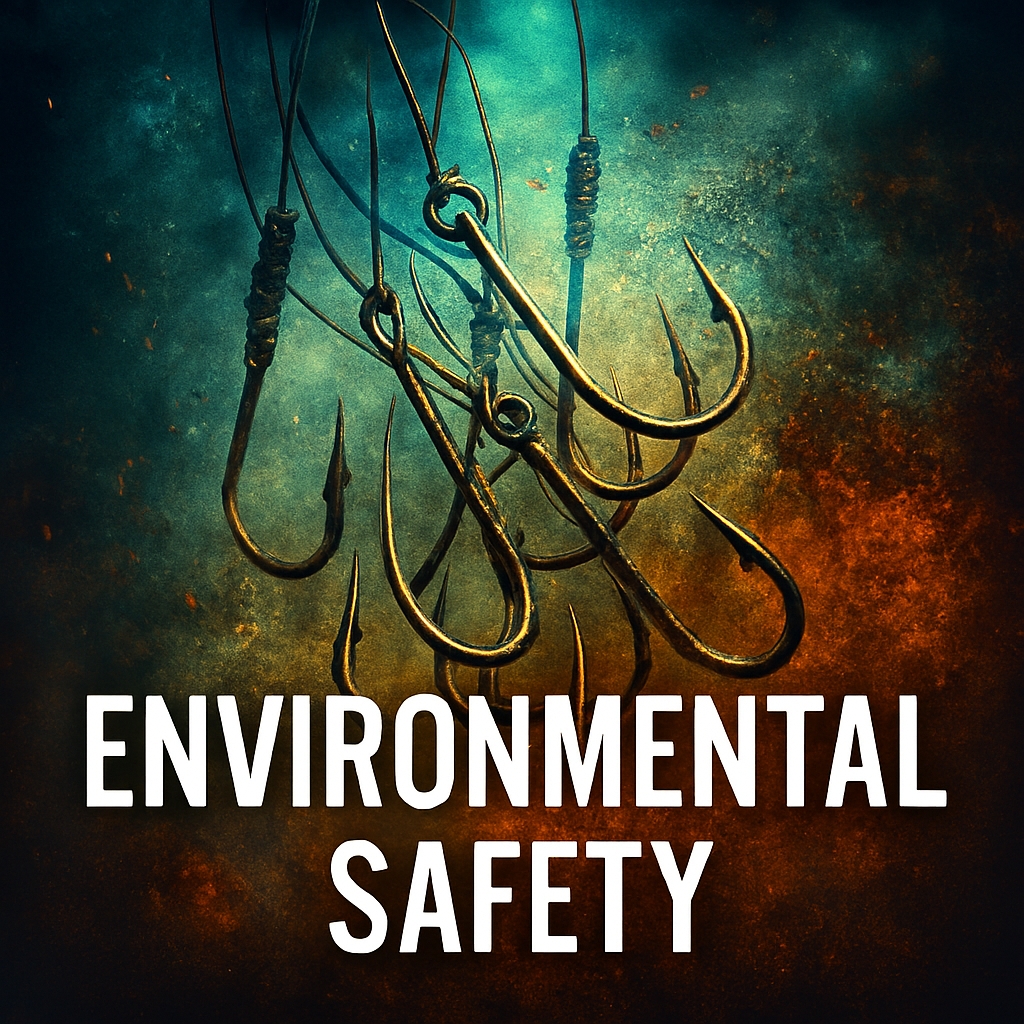
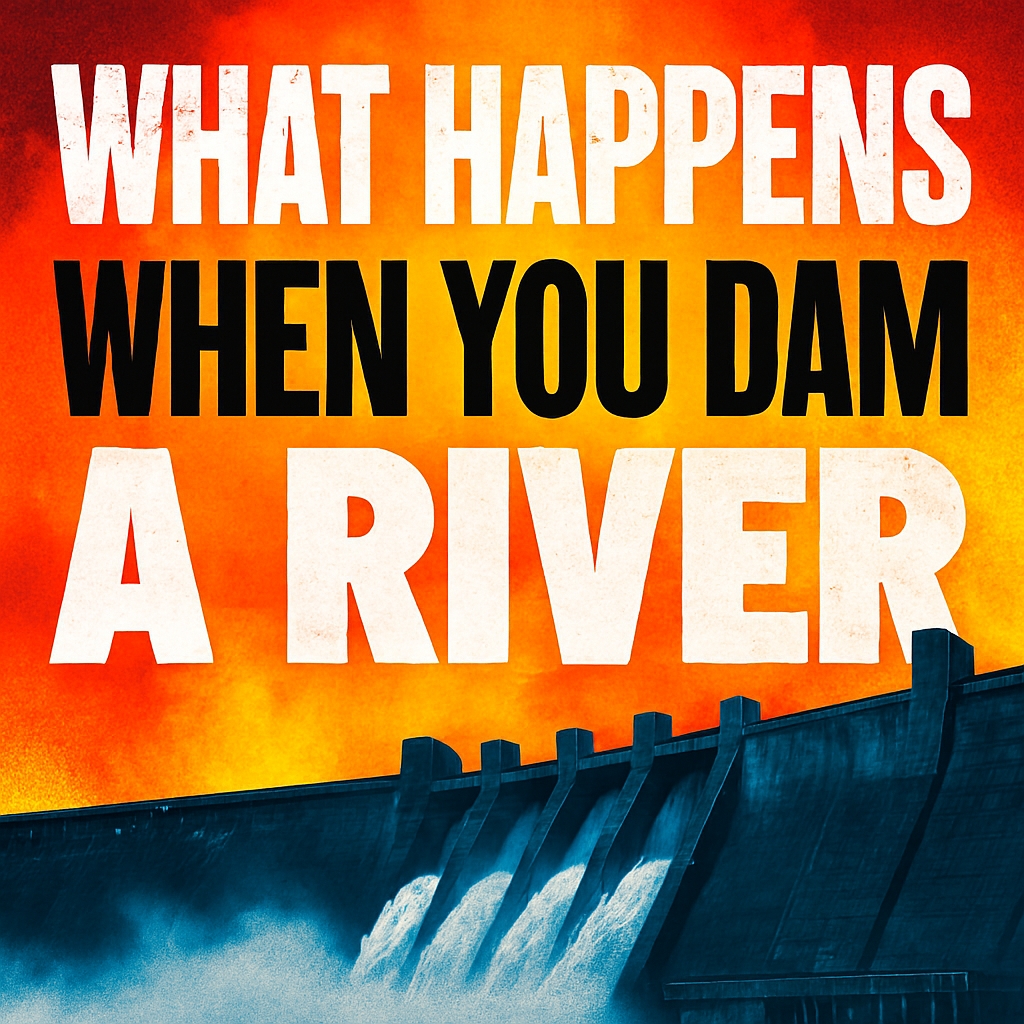


Leave a Reply